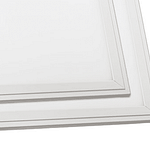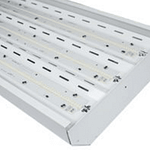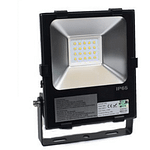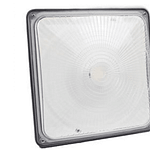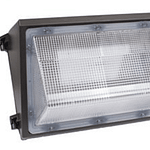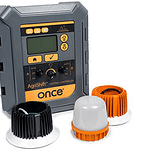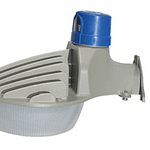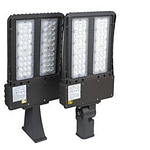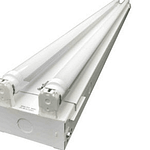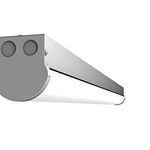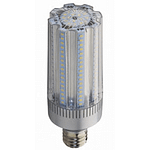There’s nothing more frustrating when traveling than dealing with jet lag. It makes it difficult to fall asleep at night and wake up refreshed in the morning. While jet lag is the common term, what our bodies really experience is an upset in our circadian rhythms. Circadian rhythms run on a 24 hour cycle and affect everything from our sleep pattern to our appetite to our mood. One of the factors that helps regulate circadian rhythms is light. And how do we perceive light? With our eyes. There is a group of nerves in the brain located above the optic nerve that are responsible for producing melatonin, a chemical that makes us tired. When our eyes perceive darkness, they produce more melatonin. Yet, when traveling to different time zones, our bodies don’t adjust as quickly. Our bodies will adjust to the new time zone by approximately one hour per day.
So where do LEDs come into play? A new study by Stanford University tested how flashes of light affect circadian rhythms and how this could alleviate jet lag when traveling. Here’s what they found.
Flashes of Light
According to the study, people who were subjected to brief flashes of light the night before traveling significantly reduced their jet lag. This method is different from past studies, where people were tested under direct and continuous light before travel. According to Jamie Zeitzer, the senior author of the Stanford study and assistant professor of psychiatry and behavioral sciences at Stanford University School of Medicine, his group that tested under intermittent lighting adjusted to time changes three times faster than groups tested under continuous light. The best part? It can all be done while you’re sleeping. The Stanford researchers are working with a Silicon Valley biotech startup to create a sleep mask that emits these brief flashes of light while the wearer sleeps.
Other Uses
Not only can this method of light exposure help jet lagged travelers, but it can possibly help students and people who suffer from seasonal affective disorder. The Stanford researchers are moving forward with a new study of 50 teenagers to see if they can promote an earlier bedtime and, therefore, help them remain more focused at school during the day. Due to the body’s delayed circadian rhythms during puberty, teenagers become tired later at night. In an interview with the Wall Street Journal, Dr. Zeitzer states, “We’re basically looking to intentionally jet lag teens so that they can go to bed at a reasonable time.”
Why Use LEDs?
While the sleep mask prototype is still in its beginning phases, there are many reasons the biotech company should look to LEDs for their product. LEDs are a great choice for the mask because they emit little heat. When a sleep mask is resting on your face, the last thing you want is for it to be uncomfortably warm. Secondly, LEDs have a long lifespan. This makes for minimal upkeep for the mask user. Lastly, LEDs emit a brighter light than incandescents, making them a great choice for intermittent light therapy.
To keep up with LEDs in the news, check out the rest of our blog page and follow us on Facebook, Twitter and Instagram!
Posted in Human Centric Lighting




